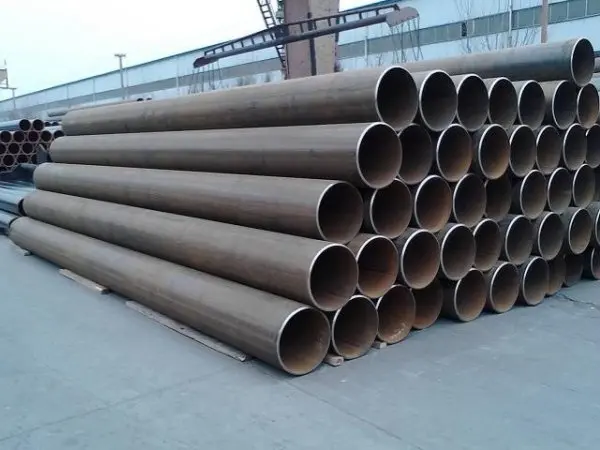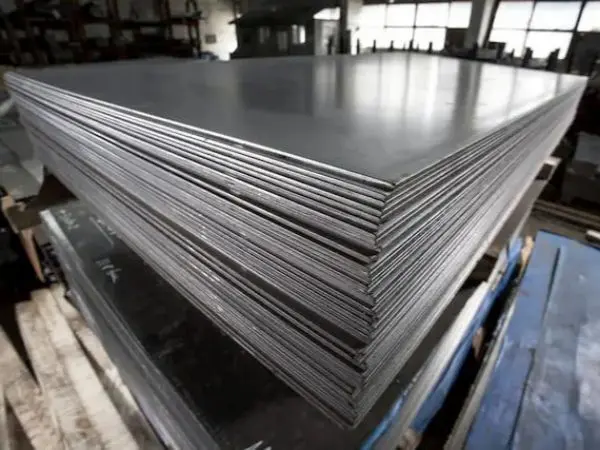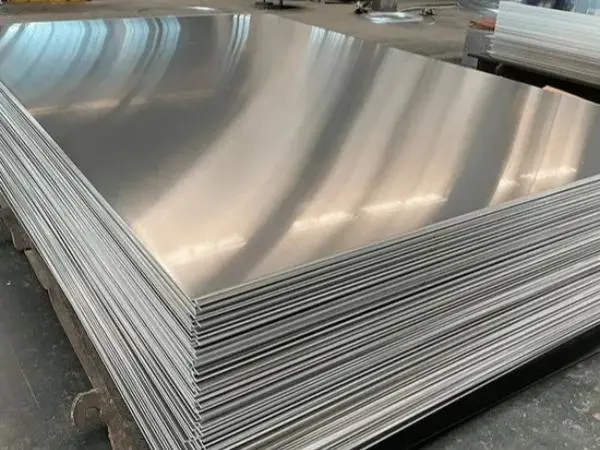- Phone0086 731 8564 8255
- E-mailsales@cscsteel-manufacturing.com
-

As the construction, engineering, and manufacturing industries continue to evolve, galvanized steel pipes have become a widely used and essential building material. These pipes offer corrosion resistance, wear resistance, aesthetic appeal, and practicality, playing a crucial role in protecting steel pipes from corrosion and extending their lifespan. However, when choosing galvanized steel pipes, it’s important to select the right specifications based on several key factors.
Key Considerations for Selecting Galvanized Steel Pipe Specifications
- Use Environment
The environment where the galvanized steel pipes will be used plays a major role in specification selection.
Outdoor environments: When exposed to the atmosphere, the pipes will face oxidation and potential corrosion, so a more robust galvanized coating is necessary for enhanced protection.
Indoor environments: In settings with mechanical friction or where wear is a concern, thicker or more durable coatings may be needed. It’s crucial to match the pipe specifications to the specific environmental conditions to ensure reliable performance.
- Galvanized Layer Thickness
The thickness of the galvanized layer is directly related to the pipe’s corrosion resistance and durability.
For example, according to GB/T 3091-2015, welded steel pipes require a galvanized layer thickness of at least 65μm.
Similarly, GB/T 13793-2016 specifies that long welded steel pipes should have a galvanized layer thickness of no less than 70μm.
When choosing galvanized steel pipes, it's essential to select the appropriate layer thickness based on the pipe’s intended use, particularly in areas with higher exposure to corrosive elements.
- Pipe Specifications and Sizes
The specifications and sizes of the steel pipes must align with the project’s requirements.
Different applications call for different pipe dimensions, so it’s vital to choose pipes that meet the specific size and specification needs of the construction or engineering project.
Ensure that the selected pipes conform to the standards for size ranges, wall thickness, and other technical requirements outlined in the relevant specifications to guarantee structural integrity and safety.
- Supplier Reputation and Quality Certification
When selecting galvanized steel pipes, it's important to consider the reputation of the supplier and the quality certification of the products.
Reputable suppliers typically provide pipes that adhere to national standards and offer certificates of quality, such as factory certificates and inspection reports.
Choosing a reliable supplier helps ensure that the galvanized steel pipes meet necessary quality and safety standards, reducing the risk of defects and ensuring long-term performance.
Conclusion
Selecting the appropriate specifications for galvanized steel pipes requires careful consideration of multiple factors, including the use environment, galvanized layer thickness, pipe size and specifications, and the supplier’s reputation. By carefully evaluating these elements, you can ensure that the selected galvanized steel pipes provide excellent corrosion resistance, durability, and performance for your specific project needs.
In practice, consulting with professional steel suppliers or industry experts can provide valuable guidance and help you make more informed decisions when choosing the right galvanized steel pipes for your application.




